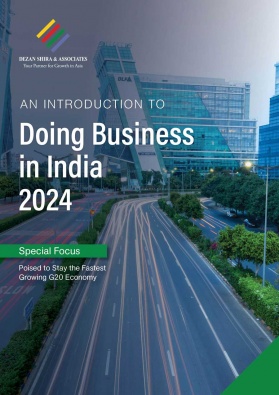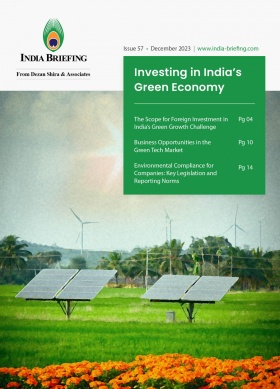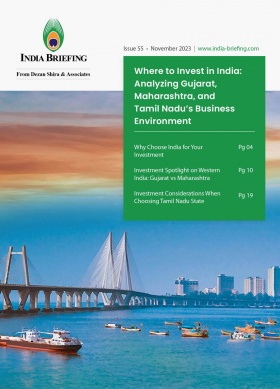India and Oman Reportedly Close to Signing a Free Trade Deal
India and Oman are nearing the finalization of a free trade agreement (FTA) aimed at facilitating easier access to each other’s markets. Officials familiar with the negotiations reveal that both sides have made significant progress on various issues within the proposed comprehensive economic partnership (CEPA) agreement.
Key concerns in the India-Oman FTA have been settled and the final legal review of the document is underway. Once completed, the decision to announce the agreement will be made by the country’s leadership, possibly through a virtual interface if necessary. – Per reporting by BusinessLine
The FTA deal, which could be concluded as early as March, is strategically important for India due to Oman’s location near the crucial oil transit point of the Strait of Hormuz and its sizable Indian expatriate population. New Delhi seeks reduced tariffs on exports such as rice, pharmaceuticals, petroleum, and steel products, while also pushing for improved access for Indian professionals like doctors, nurses, and engineers. Oman, on the other hand, aims for enhanced access to goods like downstream petroleum products, fertilizer, and iron and steel products in the Indian market.
Bilateral trade talks took place in New Delhi from November 27-29, 2023, followed by the second round in Muscat, Oman from December 9-14, and a third round from January 16.
Read: Oman-India FTA Talks: Proposed Duty Concessions
Oman-India bilateral trade and impact of a free trade deal
A full-fledged trade deal will improve commercial and business engagement between the two countries. Oman is the third largest export market for India among the Gulf Cooperation Council (GCC) countries.
Bilateral trade between Oman and India stood at US$12.39 billion in 2022-23. Indian exports rose from US$2.25 billion in 2018-19 to US$4.48 billion in 2022-23, accounting for 6.6 percent of the Gulf nation’s imports. In FY23, Omani exports to India amounted to US$8 billion, indicating a clear trade deficit for India.
The six-member GCC grouping also includes UAE, Saudi Arabia, Qatar, Kuwait, and Bahrain. A CEPA between the UAE and India has been in force since May 2022, and saw a 12 percent increase in India’s exports to the country in 2022-23. The UAE and India have set a target of US$100 billion non-petroleum trade by 2030.
Why the Omani market is important for India
With a GDP of approximately US$115 billion and a population of five million, Oman exhibits a much higher per capita income of US$25,060, surpassing India’s US$2,370. This contrast in spending power suggests a potential demand in Oman for a broader range of goods and services, and possibly of higher value. India is thus targeting such markets to boost export-oriented production.
In December 2023, Sultan Haitham bin Tarik, the first Omani ruler to visit India since 1997, discussed the CEPA deal, a fresh tranche of investments for the Oman India Joint Investment Fund (amounting to US$300 million), and the possibility of rupee-denominated bilateral trade with Prime Minister Narendra Modi. The Oman India Joint Investment Fund is a joint venture set up between the State Bank of India and Oman Investment Authority and seeks to invest in India’s fast-growing sectors.
The India-Oman talks also touched upon space cooperation, satellite building and launching, green hydrogen and renewable energy, and financial technologies. Following Sultan Haitham bin Tarik’s visit, Oman designated an exclusive zone for New Delhi at the strategically important Dqum port, allowing for the handling of logistics and commercial cargo, humanitarian purposes, and the docking of warships.
About us
India Briefing is produced by Dezan Shira & Associates. The firm assists foreign investors throughout Asia from offices across the world, including in Delhi and Mumbai. Readers may write to india@dezshira.com for more support on doing business in India.
We also maintain offices or have alliance partners assisting foreign investors in Indonesia, Singapore, Vietnam, Philippines, Malaysia, Thailand, Bangladesh, Italy, Germany, Australia, and the United States.
- Previous Article Establishing a Trading Company in India
- Next Article Tracking Countries That Accept India’s UPI Digital Payment System








